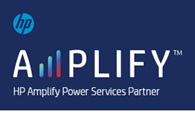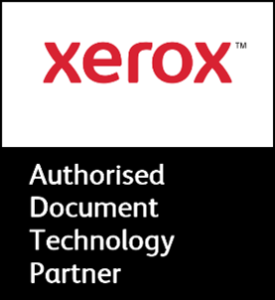Advancements in technology like smartphones with high resolution camera integrations, and document and signature capture apps, along with pressure from an environmental perspective to reduce the use of consumables like paper and ink, means the print management industry is looking ahead to predict what their customers are going to need to future proof their businesses.
In some industries, during the pandemic, print volumes increased. Areas like healthcare, public services and law enforcement are likely to have a strong need for traditional print for the foreseeable future.
However other industries, especially where they were forced to implement a hybrid or remote working model, saw print volumes significantly decrease over the past sixteen months. Although the impending return to the office is already seeing print volumes increase, it is possible that some organisations will stick to the printing habits formed during the pandemic especially if it aligns with their business’s sustainability goals.
In a June 2021 Quocirca survey*, 91% of respondents expect to see greater demand for cloud based digital workflows with 81% expecting greater demand for cloud-based print management.
But what exactly is ‘Cloud Based Print Management’?
With a traditional print architecture, organisations will either have a centralised or remote print server set up. When someone presses “print” from their device, their print job is sent to the print server which is then sent over to the network printer.
Cloud based print management simplifies this process. It removes the need for costly print servers, allowing for centralised management of direct IP printing which improves the overall printing experience.
This simplified and streamlined approach to print management enables Managed Print Providers to remotely manage their client’s printer drivers and user rights, through a web-based portal. Print servers are eliminated which uses less bandwidth and improves printing speeds. Cloud Based Print Management is also the most flexible approach for hybrid workforces that are connecting to print devices from multiple unsecured locations.
Modern software doesn’t stand alone – because it is a cloud-based system, new apps and integrations are being developed all the time, both by the OEMs and by third party developers and companies.
![]()
Papercut is an example of one of these cloud-based print management platforms. Drivers can be managed remotely across networks and the platform provides detailed print job tracking and reporting to help rein in costly, wasteful printing. Security is a high priority with access control, secure release, end-to-end encryption, and watermarking.


PrintReleaf is a piece of software that integrates with cloud-based print management tools like PaperCut and can support companies in their sustainability and certification goals. PrintReleaf empowers businesses to sustain and grow the global forest system. Paper consumption totals are measured automatically through third-party integrations. Those paper consumption totals are then used to calculate an organisations paper footprint which is converted into a specific and accurate number of trees. The end user (organisation) can then ‘releaf’ forests of their choice based on their paper footprint. PrintReleaf provides certificates and reports about the forests the business has ‘releafed’ over time which can feed into sustainability goals and supports green marketing initiatives.

In July 2020, HP announced ‘print services and solutions that enable companies to accelerate their shift to flexible, cloud-based environments. By harnessing the power of the cloud, HP is delivering personalized services and intelligent, purpose-built solutions that help streamline and automate processes so IT departments can focus on their most strategic priorities.’

Xerox ConnectKey Apps enables integrations with platforms like Office 365, Sage, Zoho, Salesforce, DocuSign, SignNow, DocuShare and Moodle and offers added functionality with apps like Proofreader, Translate & Print, Touchless Access and Auto Redaction as well as being compatible with Microsoft’s Universal Print service.

With cloud-based platforms like Papercut and MPS Monitor 2.0 along with Universal Print integration, companies can enable printing from zero-trust networks and monitor printing devices, quickly and easily, no matter where the users are.
Moving to a set up like this means that IT teams can spend less time managing print driver compatibility and server issues and MPS providers can offer added value through data analysis and integrations.
References:
https://appgallery.services.xerox.com/#!/home/
*Quocirca COVID-19: Accelerating print industry transformation, Phase 4






